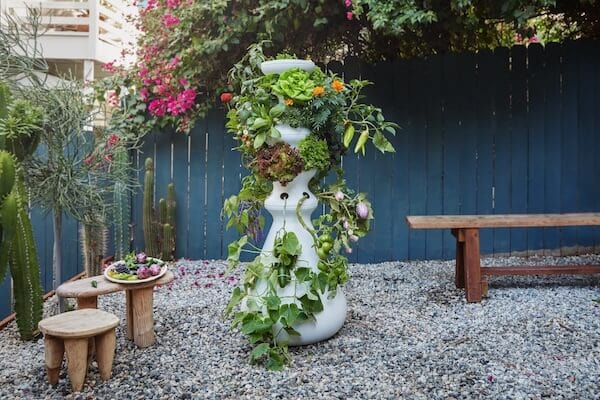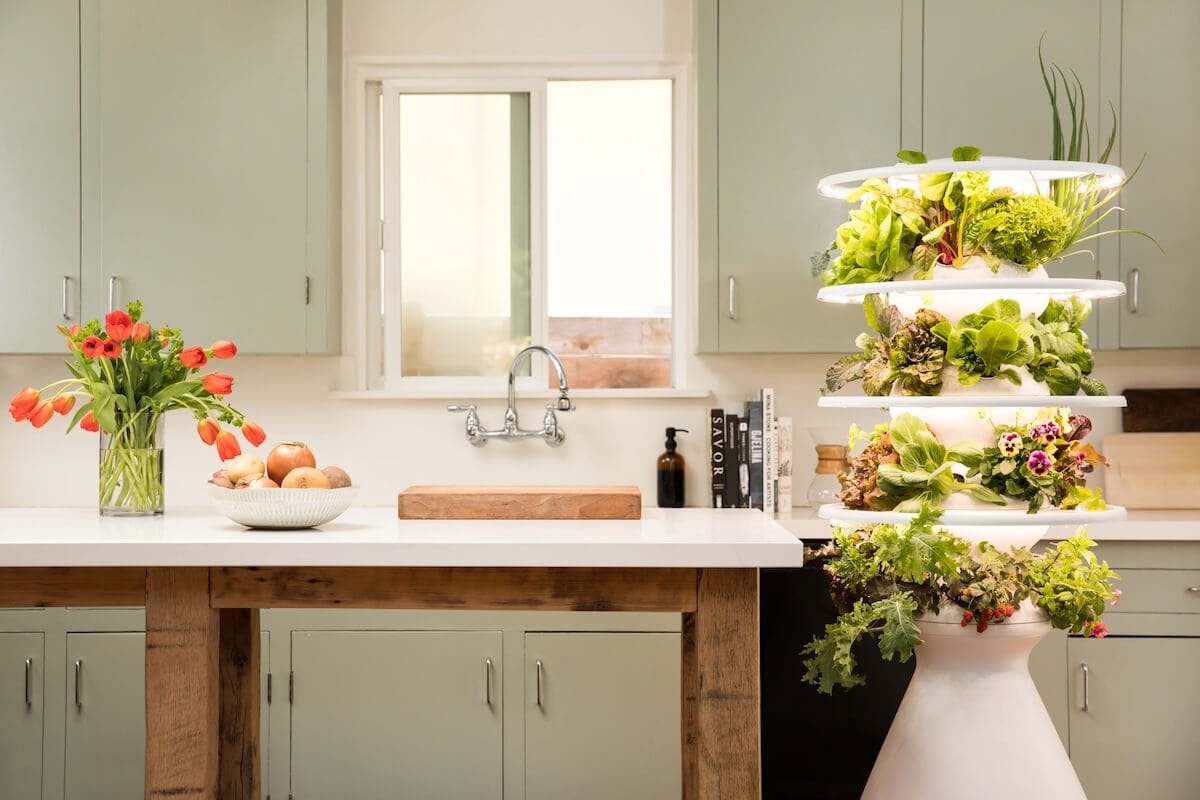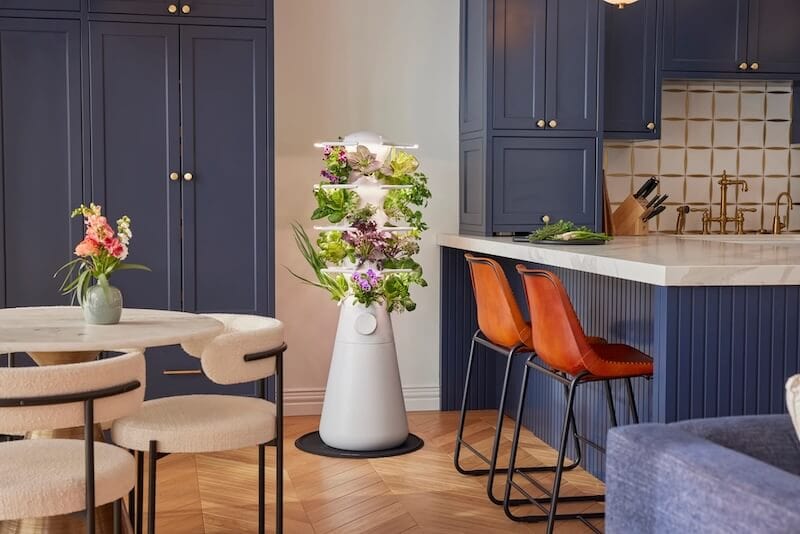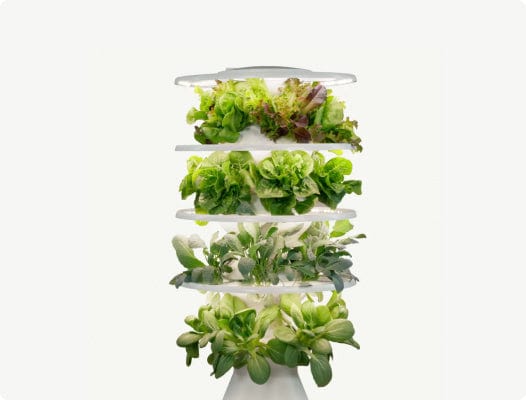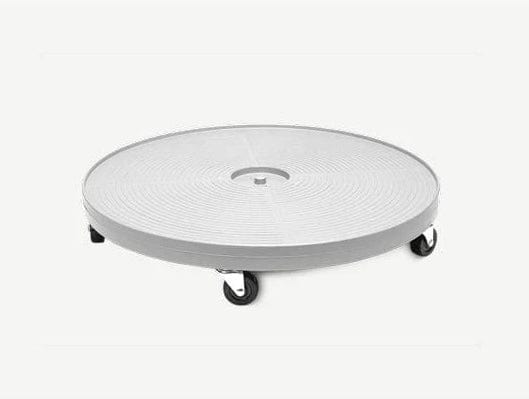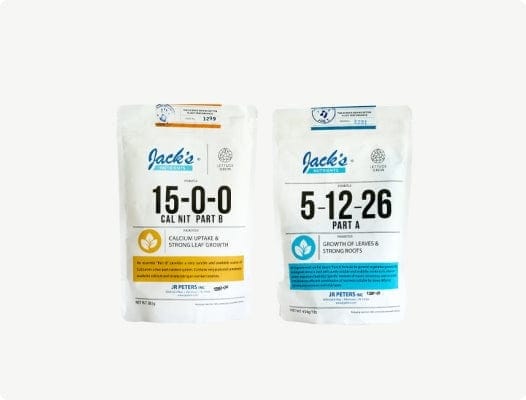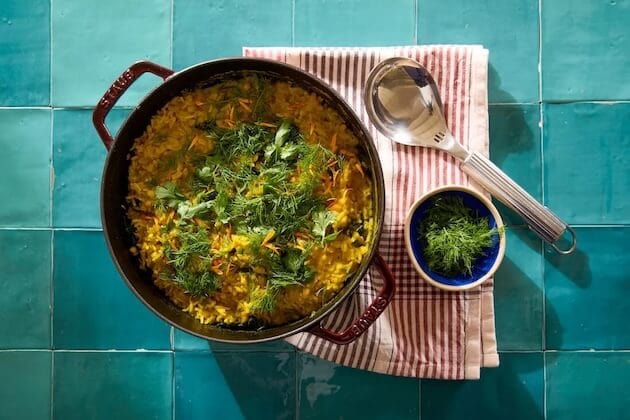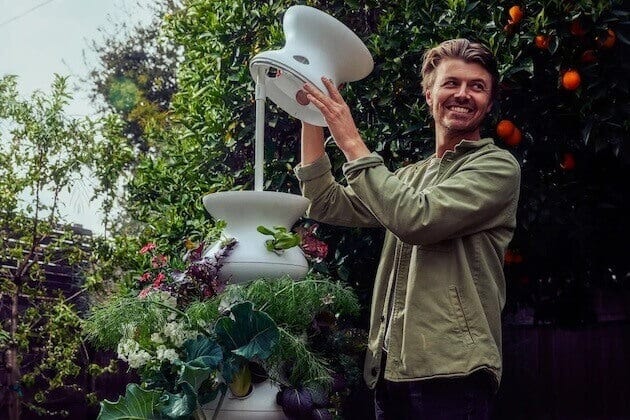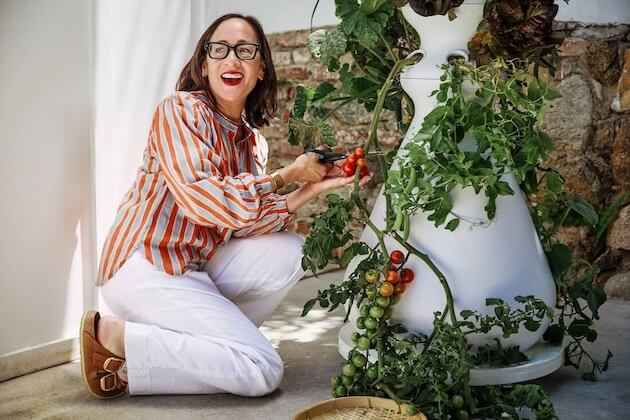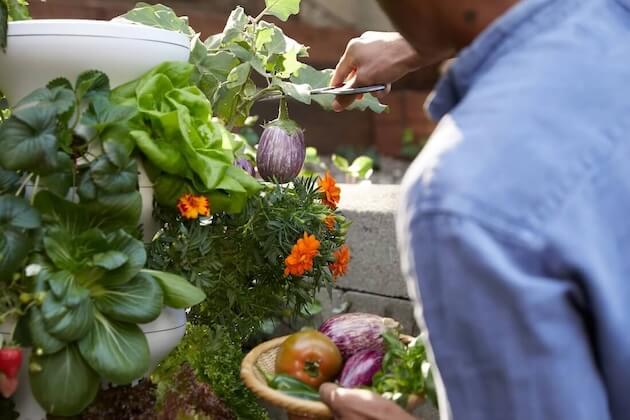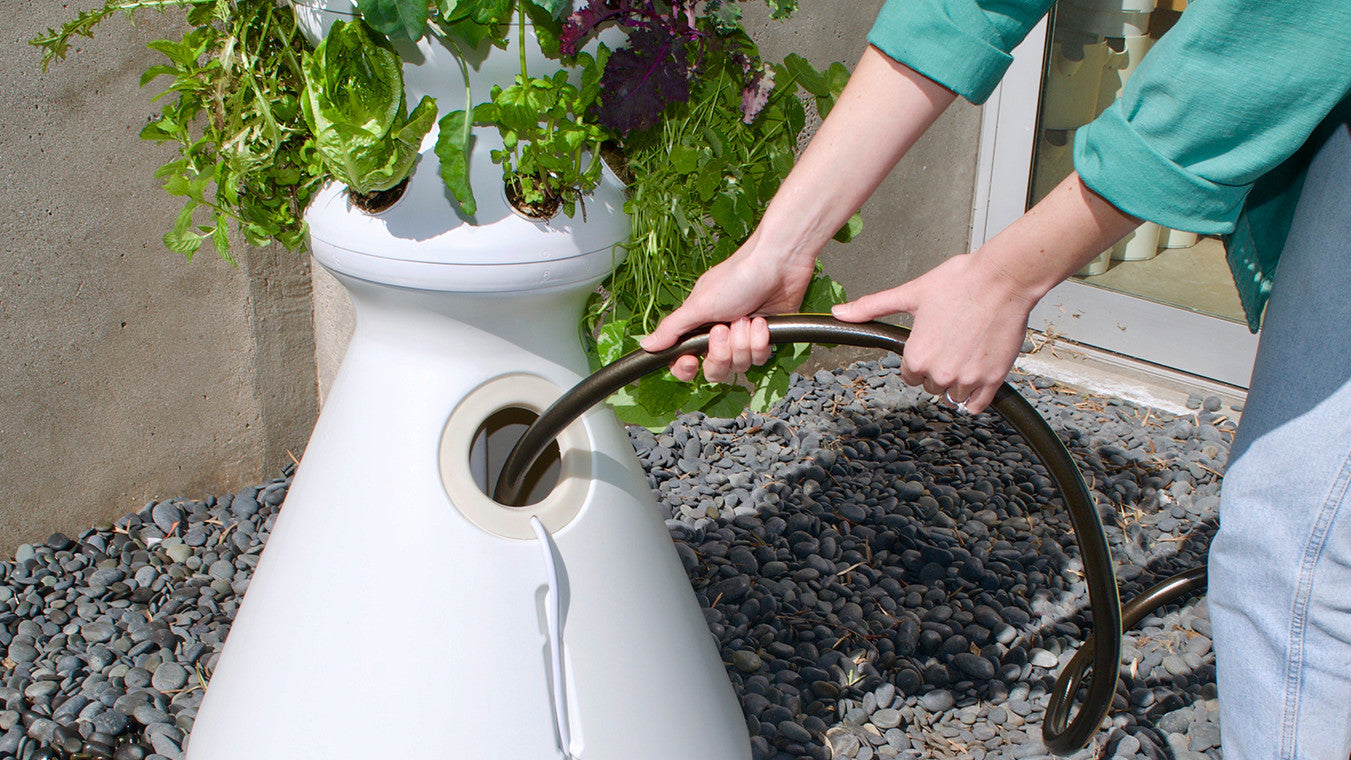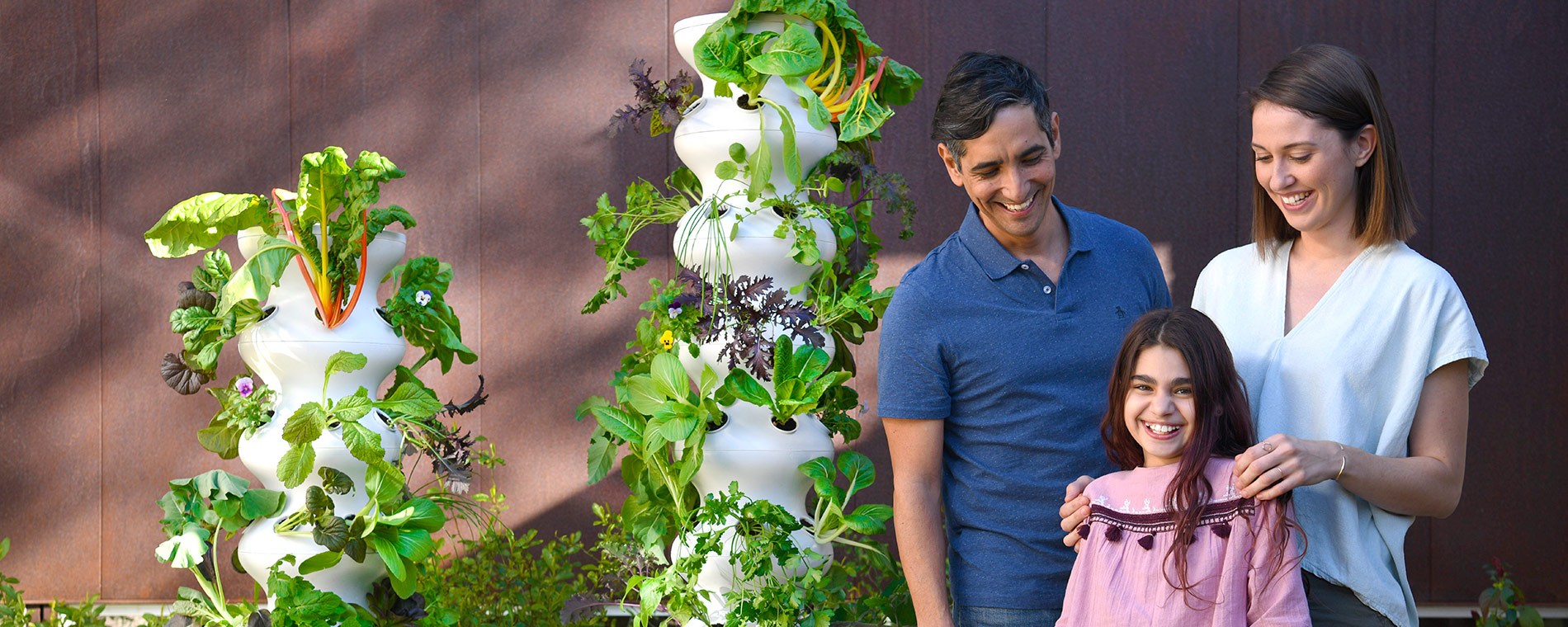
Ok, so, what in the world is a distributed farm?
It's pretty much the coolest idea in the world - but we had to take the long way around to get here.
How We Got Into This Mess
Up until about 150 years ago, most people grew food for their families, and if they didn't have a garden or a small farm themselves, it was pretty likely that the next door neighbor did. As food production and distribution grew more efficient, though, more and more people were able to move from rural communities to urban centers. The more recent adoption of large-scale, industrial farming techniques developed over the last 60 years to feed an ever-growing population meant that food production moved even further and further away from where people lived.
The food system and supply chain that evolved to get food from mega farms to people prioritized efficiency, yield and shelf life over just about everything else (yes, even nutrition). These changes have produced more food than the world has ever known, but they have also left a damaged environment and a lot of waste in its path.

Today, agriculture gobbles up more resources than any other industry. On top of that, it's one of the biggest polluters out there, releasing toxic chemicals and massive amounts of carbon into the environment (oh, hi, climate change!). Consider this: the average vegetable travels more than 1,500 miles before it reaches your plate. This might make sense for a bag of sustainably-raised grain, but not for fresh, highly perishable foods which have to be driven long distances in refrigerated trucks.
By the time you purchase fresh vegetables, they're tired and potentially days or even weeks old - imagine how that impacts taste and nutritional value. An even more jaw-dropping fact is that 50% of fruits and vegetables grown in the US are thrown away before they make it to your plate, making half the resources used to produce it all for naught. We have to do better for the planet.
How We'll Get Out of It
In the same way that other industries have evolved - think solar power or 3D printing - to close the gap between production and consumption, it's time for food to catch up. We need to rethink where we produce food and how we distribute it.
Moving food production closer to population centers means improvements in taste and nutrition and less waste, along with the preservation of environmental resources. If we can somehow put growing food back into the hands of individuals, we can reduce the use of toxic chemicals while reconnecting people with their food.

Think about one big farm, spread out over patios, backyards, and roof decks right where consumers live. In conveniently-located seedling centers (that's us!), farmers, who have vast horticultural knowledge about what and how to grow, germinate and nurture living plants. These baby seedlings, which are a fraction of the size of mature plants, only need to travel 1 or 2 days to the grower (that's you!) who will finish them off anywhere they can find a sunny spot - all they need is time, a few gallons of water, less electricity than a lightbulb, and a space-saving growing device. Throw information technology into the mix that connects growers and seedling nurseries and gets knowledge flowing both ways, and we finally have what we need to redesign a broken system. Together, we're a farm, a supply chain, and a community all in one.
Re-Inventing the Food System
Now, buckle your seatbelts, because the benefits of the distributed farm model are about to rock your world.
By growing seedlings only, farmers can grow 80-100x the amount of plants in the same time and space, so farmland is much more productive and can move closer to city centers.
The amount of packaging needed and distribution-related emissions is reduced by 90%, as small plants take up only a fraction of space as full-grown produce.
A living supply chain delivers fresh, abundant, and delicious food that preserves 30-40% more of its nutritional value.
Lettuce Grow's vision of a distributed farm, with thousands of networked growers working simultaneously to feed themselves and their communities, is radical. It puts the power of agriculture to work on an individual level. Viewed as a whole, we're creating the world's biggest sustainable farm operation, using 95% less water, no toxic chemicals, and bu-bye food waste. Do the math and it's staggering, right?
Our distributed farm model envisions a new way of eating - one that brings us back to our agricultural roots - better for you and better for the planet.

